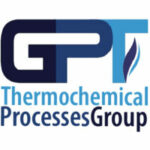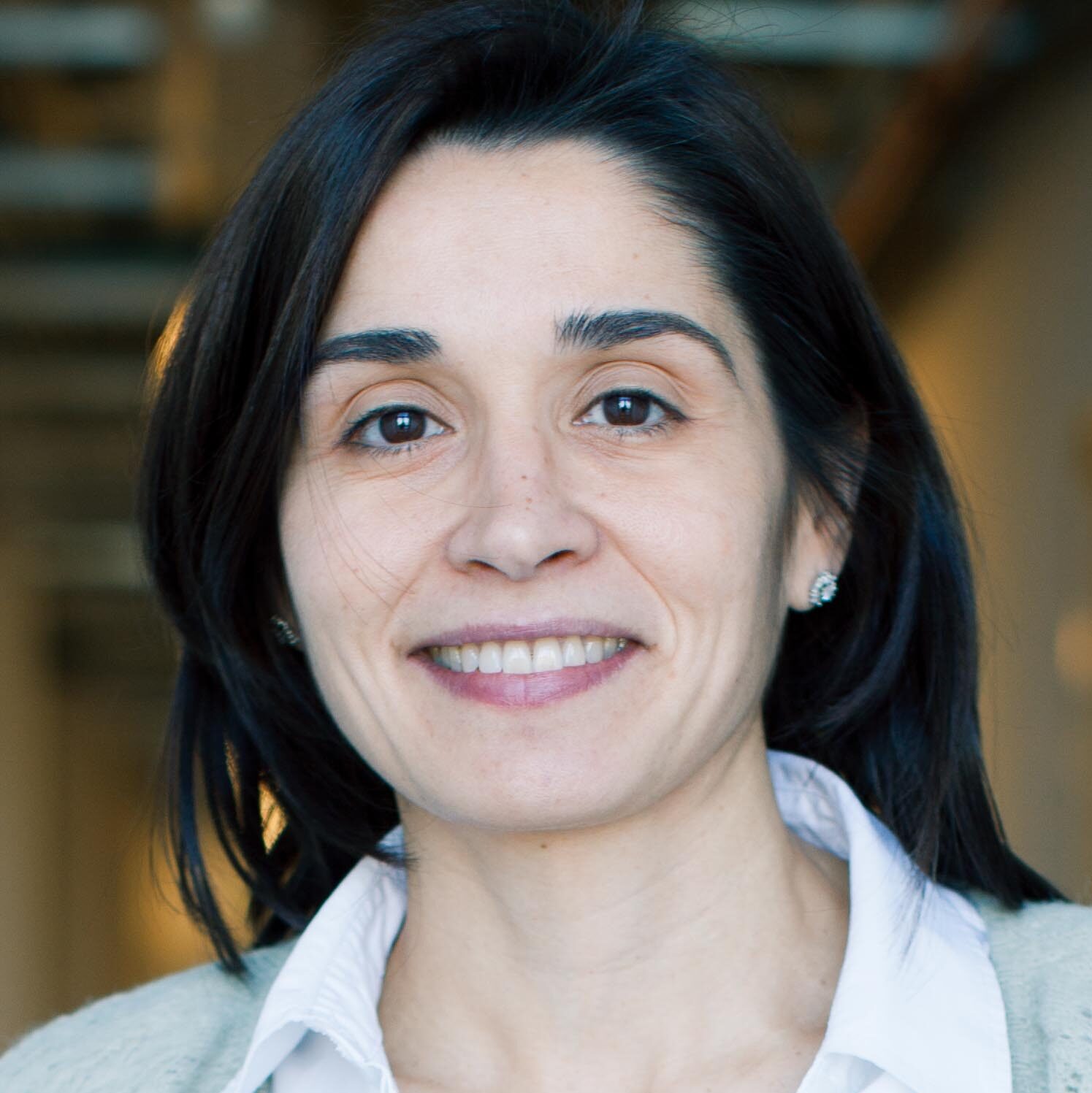ABOUT ME
postjhoiitj
PUBLICATIONS
2020
Atienza-Martínez, María; Ábrego, Javier; Gea, Gloria; Marías, Frédéric
Pyrolysis of dairy cattle manure: evolution of char characteristics Journal Article
In: Journal of Analytical and Applied Pyrolysis, vol. 145, pp. 104724, 2020, ISSN: 01652370.
@article{Atienza-Martinez2020,
title = {Pyrolysis of dairy cattle manure: evolution of char characteristics},
author = {María Atienza-Martínez and Javier Ábrego and Gloria Gea and Frédéric Marías},
doi = {10.1016/j.jaap.2019.104724},
issn = {01652370},
year = {2020},
date = {2020-01-01},
journal = {Journal of Analytical and Applied Pyrolysis},
volume = {145},
pages = {104724},
publisher = {Elsevier B.V.},
abstract = {Livestock manure management constitutes a major challenge at this time. Traditionally, this waste has been used as fertilizer. Excessive application of this residual organic matter on agricultural soils can cause soil quality degradation due to heavy metals accumulation, migration of pathogens to water sources and food, and generation of greenhouse gases. As a promising alternative to land application, pyrolysis of livestock manure allows to obtain biochar, bio-oil and syngas. The goal of this work is to study slow pyrolysis of digested dairy cattle manure (DM) both through one-step and multi-step pyrolysis at increasing temperature in the range 250-600 °C. The non-condensable gases composition was continuously analyzed by gas chromatography. Char properties were characterized by ultimate analysis, heavy metals content, ash content, higher heating value (HHV), pH, electrical conductivity (EC), water holding capacity (WHC), cation exchange capacity (CEC), textural properties (specific surface area, pore volume and average pore width) and Fourier Transform Infrared (FTIR) spectroscopy. The experimental results showed that both the product distribution and the properties of char depended on pyrolysis temperature. Char obtained after the last step of multi-step pyrolysis had similar properties to that obtained in one-step pyrolysis. Thus, the cooling and re-heating of the solid between steps did not have a significant effect on the pyrolysis pathway. Pyrolysis at between 400-550 °C allowed to reach a compromise between char pH and electrical conductivity for its potential use as soil amendment.},
keywords = {},
pubstate = {published},
tppubtype = {article}
}
2018
Ábrego, Javier; Plaza, Daniel; Luño, Francisco; Atienza-Martínez, María; Gea, Gloria
Pyrolysis of cashew nutshells: Characterization of products and energy balance Journal Article
In: Energy, vol. 158, pp. 72–80, 2018, ISSN: 03605442.
@article{Abrego2018,
title = {Pyrolysis of cashew nutshells: Characterization of products and energy balance},
author = {Javier Ábrego and Daniel Plaza and Francisco Luño and María Atienza-Martínez and Gloria Gea},
doi = {10.1016/j.energy.2018.06.011},
issn = {03605442},
year = {2018},
date = {2018-09-01},
journal = {Energy},
volume = {158},
pages = {72--80},
publisher = {Elsevier Ltd},
abstract = {Cashew cultivation leads to the generation of large amounts of nutshells. In order to determine whether pyrolysis could be a suitable method for the valorization of this agricultural residue, cashew nutshells (CNS) from Burkina Faso were pyrolyzed in the temperature range between 400 and 600 °C in a laboratory-scale fixed bed reactor. The solid, liquid and gaseous fractions were quantified and characterized, with special focus on the solid product. Recovery of the cashew nutshell liquid (CNSL) was accomplished during pyrolysis separately from the pyrolysis liquid. Results suggest that, except for the aqueous fraction, all the products obtained from pyrolysis are suitable for fuel purposes, and that part of the CNSL can be recovered below 200 °C during the heating process. A preliminary energy balance of the process shows that burning the gases can provide the energy necessary for the process at a pyrolysis temperature of 500 °C.},
keywords = {},
pubstate = {published},
tppubtype = {article}
}
Atienza-Martínez, María; Ábrego, Javier; Mastral, José Francisco; Ceamanos, Jesús; Gea, Gloria
Energy and exergy analyses of sewage sludge thermochemical treatment Journal Article
In: Energy, vol. 144, pp. 723–735, 2018, ISSN: 03605442.
@article{Atienza-Martinez2018,
title = {Energy and exergy analyses of sewage sludge thermochemical treatment},
author = {María Atienza-Martínez and Javier Ábrego and José Francisco Mastral and Jesús Ceamanos and Gloria Gea},
doi = {10.1016/j.energy.2017.12.007},
issn = {03605442},
year = {2018},
date = {2018-02-01},
journal = {Energy},
volume = {144},
pages = {723--735},
publisher = {Elsevier Ltd},
abstract = {The aim of this research was to provide a methodology for calculating the energy and exergy balances for the thermochemical treatment of sewage sludge. The results of the balances were assessed and compared for three different scenarios (torrefaction, pyrolysis and pyrolysis combined with catalytic post-treatment of the vapors). The balances were calculated based on previously published experimental data and evaluated under different conditions. The results indicated that the endothermicity decreased with the severity of the process. The energy recovery from the products favored the exothermicity of the processes. The three-step process (pyrolysis of torrefied sewage sludge combined with catalytic post-treatment of the hot vapors) was the least exergy efficient scenario.},
keywords = {},
pubstate = {published},
tppubtype = {article}
}
2017
Atienza-Martínez, María; Rubio, I; Fonts, Isabel; Ceamanos, Jesús; Gea, Gloria
Effect of torrefaction on the catalytic post-treatment of sewage sludge pyrolysis vapors using $gamma$-Al2O3 Journal Article
In: Chemical Engineering Journal, vol. 308, pp. 264–274, 2017, ISSN: 13858947.
@article{Atienza-Martinez2017,
title = {Effect of torrefaction on the catalytic post-treatment of sewage sludge pyrolysis vapors using $gamma$-Al2O3},
author = {María Atienza-Martínez and I Rubio and Isabel Fonts and Jesús Ceamanos and Gloria Gea},
doi = {10.1016/j.cej.2016.09.042},
issn = {13858947},
year = {2017},
date = {2017-01-01},
journal = {Chemical Engineering Journal},
volume = {308},
pages = {264--274},
publisher = {Elsevier B.V.},
abstract = {This work examines the influence of sewage sludge pre-treatment by torrefaction on the distribution and properties of the products obtained from its pyrolysis followed by catalytic post-treatment of the hot pyrolysis vapors. Sewage sludge was first torrefied in an auger reactor under two different conditions: temperature of 250 °C and 275°C and average solid residence times of 13 min and 24 min, respectively. Pyrolysis was conducted at 530 °C in a fluidized bed reactor. The catalytic post-treatment of the hot pyrolysis vapors was carried out in a fixed bed reactor using gamma-alumina ($gamma$-Al2O3) as a catalyst. The experimental results showed that the combination of the torrefaction pre-treatment with the catalytic post-treatment of the hot pyrolysis vapors did not noticeably improved the properties of the liquid organic phases for use as a fuel, in terms of O/C molar ratio and nitrogen content, compared to pyrolysis of sewage sludge with the same catalytic post-treatment of the hot pyrolysis vapors but without the torrefaction pre-treatment. Generally, the torrefaction did not have effect on the type of chemical families identified in the liquid phases and had little effect on the proportion of these families. The advantages of the combination of treatments were, on the one hand, the catalyst saving resulting from the lower amount of vapors generated by the pyrolysis of torrefied sewage sludge and, on the other hand, the slight decrease in the coke yield.},
keywords = {},
pubstate = {published},
tppubtype = {article}
}
Fonts, Isabel; Navarro-Puyuelo, Andrea; Ruiz-Gómez, Nadia; Atienza-Martínez, María; Wisniewski, Alberto; Gea, Gloria
Assessment of the Production of Value-Added Chemical Compounds from Sewage Sludge Pyrolysis Liquids Journal Article
In: Energy Technology, vol. 5, no. 1, pp. 151–171, 2017, ISSN: 21944288.
@article{Fonts2017,
title = {Assessment of the Production of Value-Added Chemical Compounds from Sewage Sludge Pyrolysis Liquids},
author = {Isabel Fonts and Andrea Navarro-Puyuelo and Nadia Ruiz-Gómez and María Atienza-Martínez and Alberto Wisniewski and Gloria Gea},
url = {http://doi.wiley.com/10.1002/ente.201600183},
doi = {10.1002/ente.201600183},
issn = {21944288},
year = {2017},
date = {2017-01-01},
journal = {Energy Technology},
volume = {5},
number = {1},
pages = {151--171},
publisher = {Wiley-VCH Verlag},
abstract = {A procedure to analyze sewage sludge (SS) pyrolysis liquids based on solvent fractionation has been developed. Pyrolysis liquids are separated into three different fractions: heptane soluble (Hep-sol), dichloromethane soluble (DCM-sol), and hydrochloric acid soluble (HCl-sol). Diverse techniques (GC-MS, UPLC-TOF-MS) were employed to qualitatively and quantitatively analyze liquid fractions to assess the potential production of value-added chemicals. Aliphatic hydrocarbons, aliphatic nitriles, and steroids were mostly separated in the Hep-sol fraction, phenols and fatty acids in the DCM-sol fraction, and carboxylic acids and amides in the HCl-sol fraction. The largest production was obtained for ammonia (10–14 kg per tonne of SS) and $alpha$-olefins (8–9 kg per tonne of SS). The potential production of some of these value-added chemicals from SS pyrolysis liquid was compared with their current European production. In the case of $alpha$-olefins, 16 % of their European production could be achieved by SS pyrolysis.},
keywords = {},
pubstate = {published},
tppubtype = {article}
}


